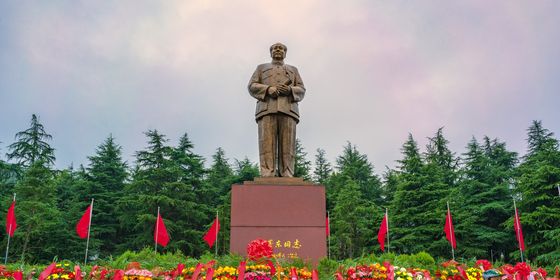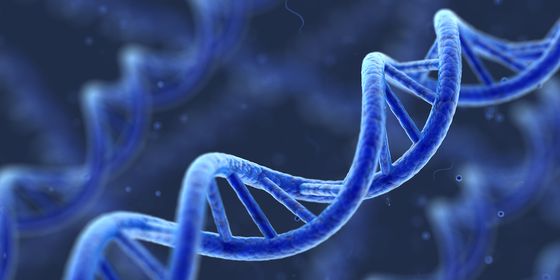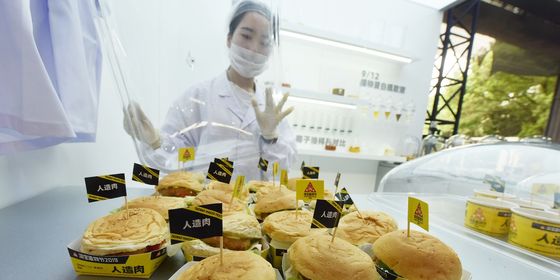China’s change of status in US government report highlights unique factors behind its human trafficking problem
The US recently blacklisted China alongside North Korea, Zimbabwe, and Syria as global epicenters for human-trafficking, accusing Beijing of making little attempt to control the problem beyond obfuscating its data.
The State Department’s annual Trafficking in Persons report “demoted” China to “Tier 3” status, stating, “The Government of the People’s Republic of China (PRC) does not fully meet the minimum standards for the elimination of trafficking and is not making significant efforts to do so.”
The State Department’s annual report uses four tiers to categorize each country, based on the extent of trafficking and standard of law enforcement according to the US federal Trafficking Victims Protection Act. Tier 3 countries “do not fully meet the TVPA’s minimum standards and are not making significant efforts to do so,” and may receive sanctions or be barred from US educational and cultural-exchange events.
“150 billion USD is generated from modern slavery annually,” Matthew Friedman, CEO of anti-trafficking and anti-slavery NGO The Mekong Club, tells TWOC. “Globally the counter-trafficking community (NGOs, UN, Governments, etc) assists about 66,000 people annually, which means that the world is helping only 0.2 percent of victims,” Friedman tells TWOC. “There are 45.8 million modern slavery victims globally. Out of this number, 75 percent are in forced labour, and 60 percent associated with supply chains.”
“Unique to China”
According to the United Nations Action for Cooperation against Trafficking in Persons (UN-ACT), two distinct forms of trafficking are unique to China: Children for illegal adoption, and women and girls for forced marriage. UN-ACT also reports that trafficking in organs, as well as disabled persons, has increased in recent years.
China’s now-defunct one-child policy was accused of creating an ideal situation for the trafficking of women. Bloomberg reports that a skewed gender ratio resulting from the policy have made women a scarce commodity. One study found that, between 1960 and 1990, “bride prices” in one rural village had increased 70 fold.
The situation has led traffickers to seek potential brides abroad. “There is a disproportionate number of males at marriage age, so women from Myanmar, Vietnam, and Cambodia [are] brought in as part of marriage trafficking,” Friedman says, adding that “there is certainly a correlation” between the skewed gender-ratio and trafficking of women from abroad.
A study carried out by China’s Southern Metropolis Daily found that the one-child policy had also seen an increase in the number of Chinese parents who willingly sell their children. In forty percent of cases studied in the report, biological parents had sold offspring for cash, including families who could not pay fines for exceeding the policy. The same study showed that more boys than girls were willingly sold, reportedly because their cultural value commands a higher price.
According to the South China Morning Post, North Korean refugee women are sometimes sold as brides in China, often as soon as they cross the border. UNHCR estimates there are between 20,000 to 30,000 children born into forced marriages between North Korean women and Chinese men. Should the women get deported back to North Korea, their children would stay in China.
“Because of major poverty and oppression, some of the North Korean women who escape are better off in China if they are not exploited and treated like slaves,” Friedman says. “However, for some, the outcome is a slavery-like situation in which they are often held in place with the threat of deportation back to North Korea. If this happens, they can be put in jail or worse.
“This motivates them to remain in a bad situation in China,” Friedman adds. “They are trapped in the situation and they can’t go to local authorities otherwise they will be deported. They have no ID, so they can’t get a house or move around.”
China has been swift to condemn the State Department’s report. Ahead of the report’s release, foreign ministry spokesman Lu Kang stated that “China’s government’s commitment to fighting human trafficking has been resolute and our results have been obvious for everyone to see.”
China’s Ministry of Public Security arrested 1,932 suspected traffickers and convicted 1,362 individuals of human trafficking in 2015. A group of 12-year-old students from the Canadian International School in Hong Kong have also been tackling the problem by developing an app called Safe House. According to the South China Morning Post, the app allows victims of human trafficking to record and collect evidence of mistreatment.
The State Department’s report does not account for non-governmental efforts or public awareness in its ratings. NGOs like The Mekong Club work to “bring organizations together, develop toolkits, e-learning resources, or risk assessment tools to help the private sector understand the issue and proactively address the problem,” Friedman says. If the money gained from slavery “makes its way into a legitimate bank, it becomes money laundering,” he says. “These banks can be significantly fined. We work with banks and finance organizations to identify patterns associated with modern slavery to help them to identify ‘red-flags’ to protect their business.”
The cross-border nature of human trafficking makes it a difficult problem to control without collaboration between countries. As well as joint efforts between the international community, “There needs to be a place for constructive and positive dialogue between the private sector and NGO sector,” Friedman tells TWOC. “This would open up a new front in the fight against this terrible crime.”












